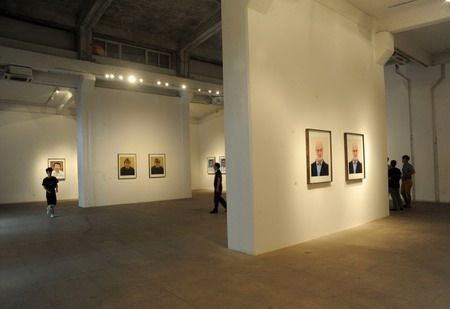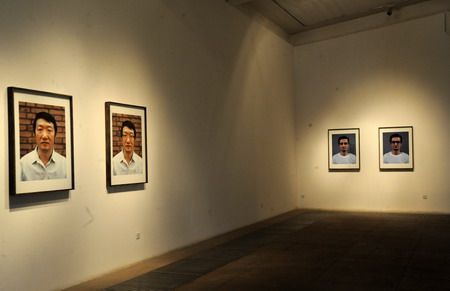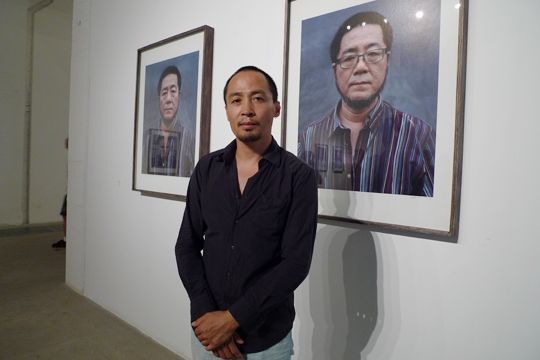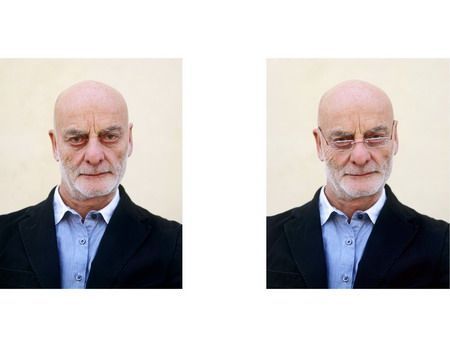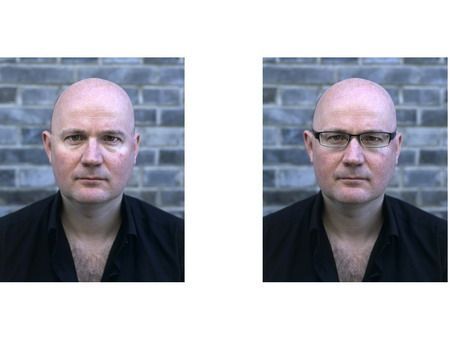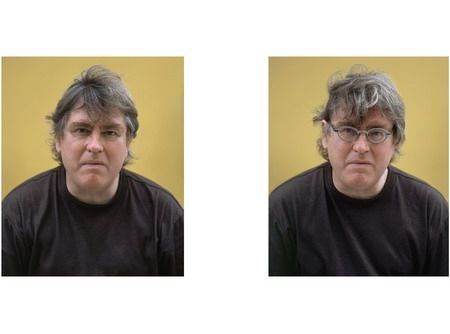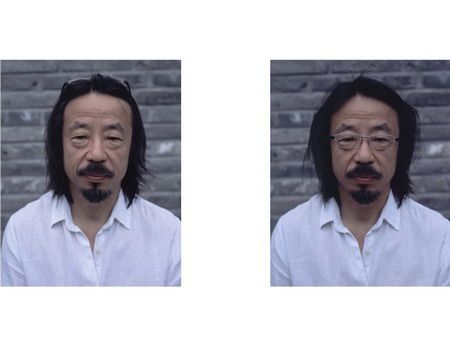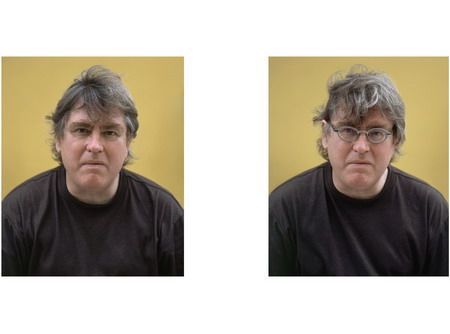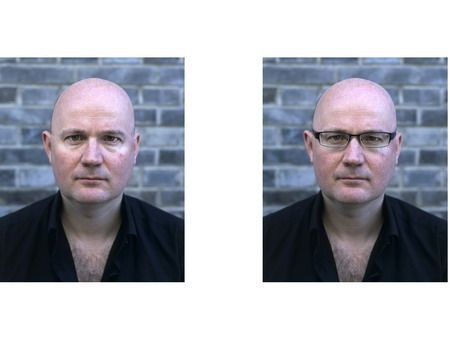Aug 09 - Aug 15, 2011
Press Release
CURATOR: Gu Zhenqing
PRESENTED BY: Sun Yongzeng
EXHIBITION DIRECTOR: Dai Zhuoqun
ASSISTANT CURATORS: Hao Danmeng, Qi Shuangyan
PUBLIC RELATIONS: Wu Wei
SPONSOR: WHITE BOX MUSEUM OF ART
OPENING: 16:00, Tuesday, 9th August, 2011
DATES: 9th August, 2011 - 15th August, 2011
MUSEUM OPENING HOURS: 10:00 - 18:00, Tuesday - Sunday
VENUE: WHITE BOX MUSEUM OF ART, 798 Art Dist., NO.2 Jiu Xianqiao Road, Chaoyang Dist., Beijing, China
CONTACT US: +86-10-5978 4801
FOR MORE INFORMATION PLEASE VISIT OUR WEBSITE: www.798whitebox.com
Curator Article
Another face
By Gu Zhen Qing
"God hath given you one face,and you make yourselves another"(Hamlet chapter3 Shakespeare)Shakespeare’s prediction of face creation has come true in this materialistic world, from the tradition “mask” and “make ups” till today’s plastic surgery and face camouflage, people never stop the pursue of creating an ideal face.Liu Jin’s 2011photography works “The second face” use the method of concatenating images and portraits to create a phenomenon that you will see one face with your eyes and a completely different face while put on a special lance. Liu Jin also uses the lighting and portrait method from ID portraits and magnified each image to show the slight differences between the two face portraits, and start to focus on the naked face they see under the special lances.
Liu Jin’s work “The second face” uses the photography method to film the two faces with and without lances, which digs into people’s visual senses and thoughts. While taking those photos, many volunteers experienced a very blurry visual unconsciousness after they taken off their special lances, we can see their insecure, lost and confusion through their eyes. The special lances they wearing is the first window for the viewers to see the world, it’s also a barrier or protection for the viewers to construct a stabled social identification from the portrait. The special lance is also kind of metaphor for self packaging and self promotion. Liu Jin’s photographs not only present us the normality while wearing the special lances, but also show us the abnormality condition after they took off their special lances. The two different reactions of viewers had shown us the changes of people’s character in a glimpse. The power of the portraits comes from the very subtle relationships of the faces.
Liu Jin’s concatenating portraits sets a “finding differences” trap for the viewers. By observing the portraits viewers can find their own consciousness from what they see. The digital technology gives the viewer a chance to see everysingle detail of the portrait (both from the emotion and the physical appearance of the portrait) so the viewers can see it thoroughly. Through the process, viewers can change their traditional visual acceptance into a kind of initiating participation and be more judgmental during their visual experiences.

